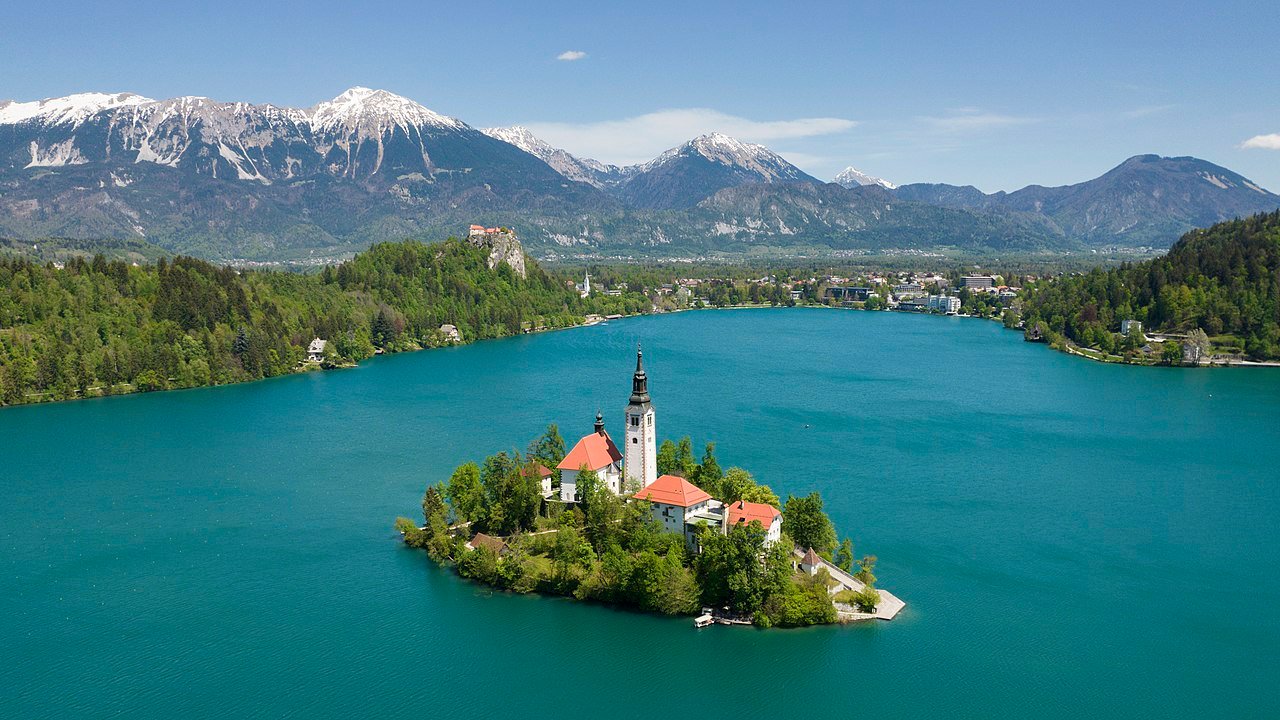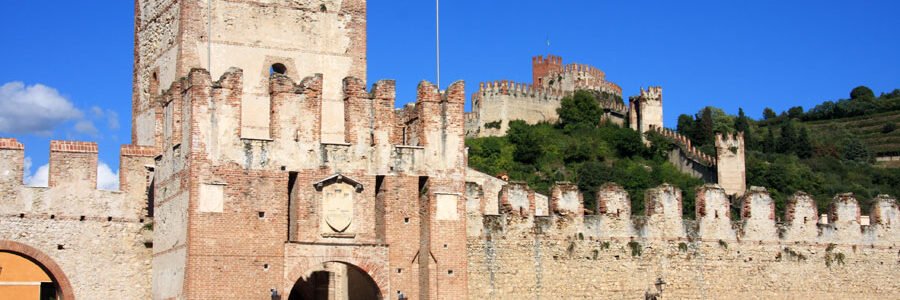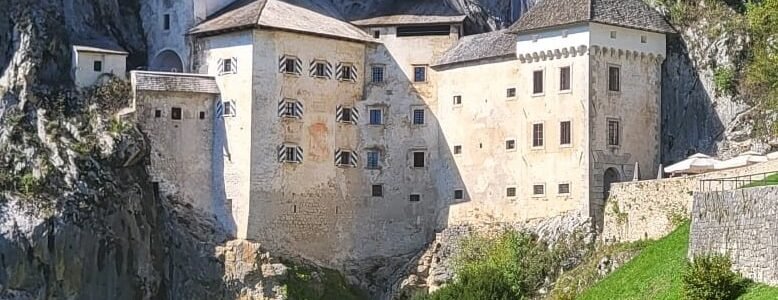How to get from
Vienna to Bled
How to get from Vienna to Bled
Overview of the Route
Traveling from Vienna to Bled connects Austria’s capital with one of Slovenia’s most visited natural attractions. The total distance is roughly 380 kilometers, and depending on the mode of transport, the journey usually takes between four and six hours. The route moves from Vienna’s flat eastern landscape toward the Alps, eventually entering Slovenia through mountain corridors that open into the Upper Carniola region and the glacial valley surrounding Lake Bled.
Vienna serves as a major international aviation, rail, and road hub, so travelers can choose between several transport options – private transfer, car rental, bus connections, or train combinations. Each method differs in comfort, flexibility, and speed, making it useful to weigh them before planning the trip. Bled is accessible year-round, and the road network on both sides is modern and easy to navigate, though winter months require some added attention due to snowfall near the Austrian–Slovenian border.
Private Transfer: Reliable and Comfortable
A Vienna to Bled private transfer is the most direct and predictable way to reach the lake area. The drive normally lasts between 4 and 4.5 hours in regular traffic. A private transfer includes door-to-door pickup and drop-off, with the schedule entirely tailored to the traveler. This makes the option especially appealing for families, small groups, and visitors carrying luggage or sports equipment.
Private transfers also allow additional short visits along the route. Some travelers use the opportunity to stop at Franzensburg, located within Laxenburg Castle Park just outside Vienna, known for its lakeside setting and neo-Gothic architecture. Farther along the drive, crossing into Slovenia opens the chance for a short pause in Ptuj, the country’s oldest recorded town. With its medieval center, river views, and wine-growing surroundings, it offers a pleasant break before the final stretch. Close to the end of the journey, passing through Ljubljana is convenient for lunch or a walk through its compact old town before continuing toward Bled.
Vehicles used for private transfers are modern, air-conditioned, equipped with Wi-Fi, and suitable for both summer and winter conditions. While this option is more expensive than public transport, it saves time, avoids transfers, and provides a smooth, uninterrupted trip.
Driving from Vienna to Bled
Driving the route yourself is straightforward and suitable for travelers who prefer independence. The trip typically takes around 4.5 to 5 hours, depending on traffic and stops. The most commonly used route leads from Vienna toward Graz on the A2 motorway, continues through the border crossing into Slovenia, and then heads toward the Gorenjska region. Roads on both sides are well maintained, with long highway sections that make the journey efficient.
To drive legally, travelers need an Austrian vignette (available in digital form or as a sticker) and a Slovenian vignette for using Slovenian motorways. Fuel costs vary by vehicle type, but most standard cars spend around €40–50 on fuel for the complete journey.
The drive becomes more scenic as you approach northern Slovenia, with mountain ranges, river valleys, and small alpine settlements appearing along the way. In winter, the area near the border occasionally experiences snowfall, so cars should be equipped with winter tires. Parking in Bled is organized but limited near the lake, especially in July and August, so planning ahead helps avoid delays.
Traveling by Train
There is no direct Vienna–Bled train. Most connections require a change in Villach, and occasionally an additional transfer in Jesenice. The total travel time is usually between five and seven hours.
Trains between Vienna and Villach are frequent and comfortable, offering Wi-Fi, air-conditioning, and restaurant services on many departures. Ticket prices vary depending on the time of booking, but advance discounts are common. From Villach, regional trains continue to Jesenice, where a final connection brings travelers to the Bled-Lesce station. From there, taxis or local buses cover the last few kilometers to Lake Bled.
The train route is particularly pleasant through southern Austria, passing mountain slopes and river valleys. While slower than driving, it offers a relaxed alternative for travelers who prefer not to navigate highways.
Traveling by Bus
Buses operate between Vienna and various Slovenian destinations, but there is no single direct line to Bled. Most travelers use Vienna–Ljubljana connections and then switch to a local bus heading toward Bled. The full trip can take between six and eight hours depending on the transfer and schedule.
Buses offer the advantage of low prices and reliable service. Coaches are typically equipped with air-conditioning, Wi-Fi, and comfortable seating. Vienna’s bus terminals are located near main transport hubs, and arrival points in Slovenia provide easy access to onward transport.
Although this is the least flexible option, it remains the most affordable and suitable for travelers without fixed arrival deadlines.
Flying from Vienna to Bled
There are no direct commercial flights from Vienna to Bled since Bled does not have an airport. The nearest airport is Ljubljana Jože Pučnik Airport, located about 30 kilometers from the lake.
Flights between Vienna and Ljubljana are available but not frequent. Travel time in the air is roughly 45 minutes, while the entire airport-to-airport process – check-in, security control, boarding, arrival procedures – makes the total travel time comparable to the train or private transfer. Ticket prices vary by season but generally range between €90 and €180.
For travelers already arriving at Vienna Airport, flying can still be useful if combined with a pre-arranged transfer from Ljubljana Airport to Bled. For others, road travel usually remains the faster and simpler solution.
Comparing the Options
Private transfer – Fast, direct, customizable, suitable for year-round travel.
Driving – Flexible and efficient for travelers who prefer independence.
Train – Scenic and comfortable, but includes transfers and requires more time.
Bus – Budget-friendly, with predictable schedules but longer travel duration.
Flight – Shortest air segment but limited schedules reduce practicality.
Choosing the best method depends on your priorities. If time and comfort matter most, private transfer or driving yourself provides the smoothest experience. If budget is a consideration, the train or bus can still bring you to Bled with minimal complications.
Travel Tips
Buy digital vignettes for Austria and Slovenia before departure.
Check weather conditions in winter months near the Austrian–Slovenian border.
If driving, keep in mind that summer weekends can cause delays near Graz.
Book accommodation in Bled well in advance, especially during peak season.
Local buses from Bled-Lesce station are reliable, but taxis are faster during busy periods.
Arrival in Bled
Bled welcomes visitors with a calm alpine environment, a glacial lake, and a castle perched on a cliff above the water. Once you arrive, the area is easy to navigate, with walking trails circling the lake, boat rentals leading to the island church, and cafés offering views of the Julian Alps.
The town is compact, and most accommodations are within a short distance of the main lake path. Whether visiting for a day or staying longer, the transition from Vienna’s urban landscape to Bled’s natural surroundings makes the trip rewarding year-round.
For updated visitor information, maps and event schedules, visit the Bled Tourism website.
How to Get from Vienna to Bled
How to Get from Vienna to Bled gives you a clear overview of the simplest ways to reach Slovenia’s alpine region from Austria’s capital. The route is popular among travelers combining city visits with nature and lake-side scenery.
Bled is well connected through regional road networks, making the journey from Vienna manageable within a single travel day.
- Vienna to Bled private transfer
- Bled to Vienna return route
- Ljubljana to Vienna travel option
- Vienna to Ljubljana route
- Ljubljana Airport to Vienna transfer
- Vienna to Ljubljana Airport connection
How to Get from Vienna to Bled – Travel Options Analysis
- Private transfer – typically 4 to 4.5 hours, the most direct option with flexible timing and hotel pick-up.
- Train – connections available via Villach or Ljubljana, usually around 6 hours total travel time.
- Bus – longer but budget-friendly option, depending on transfers and schedules.
- Air – not practical due to short distance and airport transfer requirements.
How to Get from Vienna to Bled – Trip Tips
- Plan extra time during winter months due to alpine weather conditions.
- Private transfers allow optional stops in towns like Villach or Kranjska Gora.
- Bled is compact—arrange drop-off near the lake for easy access to walking paths.
- Check train schedules early if traveling on weekends or public holidays.
How to Get from Vienna to Bled – reach Slovenia’s alpine region comfortably
For local attractions, opening hours, and lake-area details, visit the Bled official tourism website.
RECENT POSTS
- How to get from Vienna to Bled November 9, 2025
- How to get from Trieste to Zagreb October 21, 2025
- How to get from Ljubljana to Kranjska Gora October 18, 2025





























































Leave a Comment